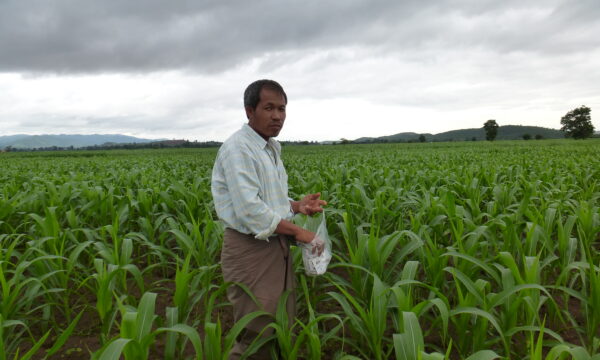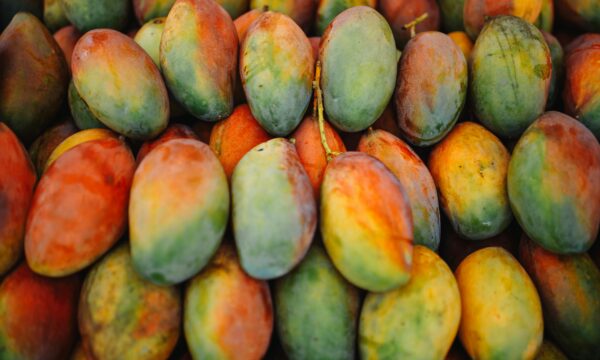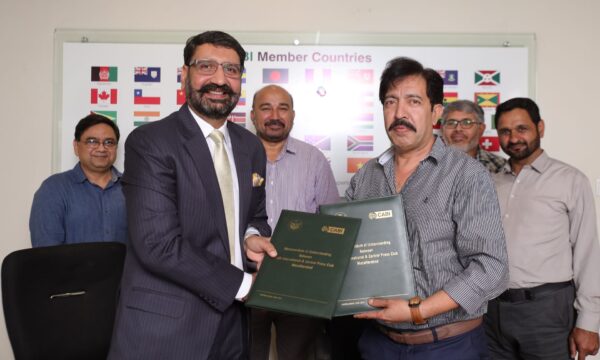Pollinators, such as bees, bumblebees, butterflies, and some flies, play a crucial role in agricultural ecosystems by facilitating the reproduction of about 80% of our crops. Pollinators assure at least 30% of human’s food production. However, their populations have been heavily declining increasingly compromising food safety. Integrated pest management (IPM) is a more sustainable and holistic approach to pest control in agriculture that minimizes the use of pesticide. IPM can therefore help, if properly applied, to protect pollinators while successfully managing agricultural pests.
Why are pollinator populations declining?
Pollinator populations are decreasing due to habitat loss, pesticide exposure, intensification of agronomics practices, climate change, and as well as their own pests and disease. The widespread use of chemical pesticides, particularly insecticides, have detrimental direct as well as chronic effects to many pollinators. For example, neonicotinoid-based insecticides, have been linked to bee colony collapses and to reduced reproductive success in pollinators, even when exposed at low dosages.
How do chemical pesticides affect pollinators?
Many chemical pesticides, especially broad-spectrum insecticides, are highly toxic to pollinators. They can kill pollinators, but can also impair foraging behaviour, weaken their immune systems and reduce colony survival. In addition, systemic insecticides, which are absorbed by plants, can contaminate nectar and pollen, exposing pollinators to harmful doses. Fungicides are often, but not always, of less concern to pollinators. In contrast, the use of herbicides destroys shelter and alternative flower sources for pollinators, particularly in periods when the crop is not flowering.
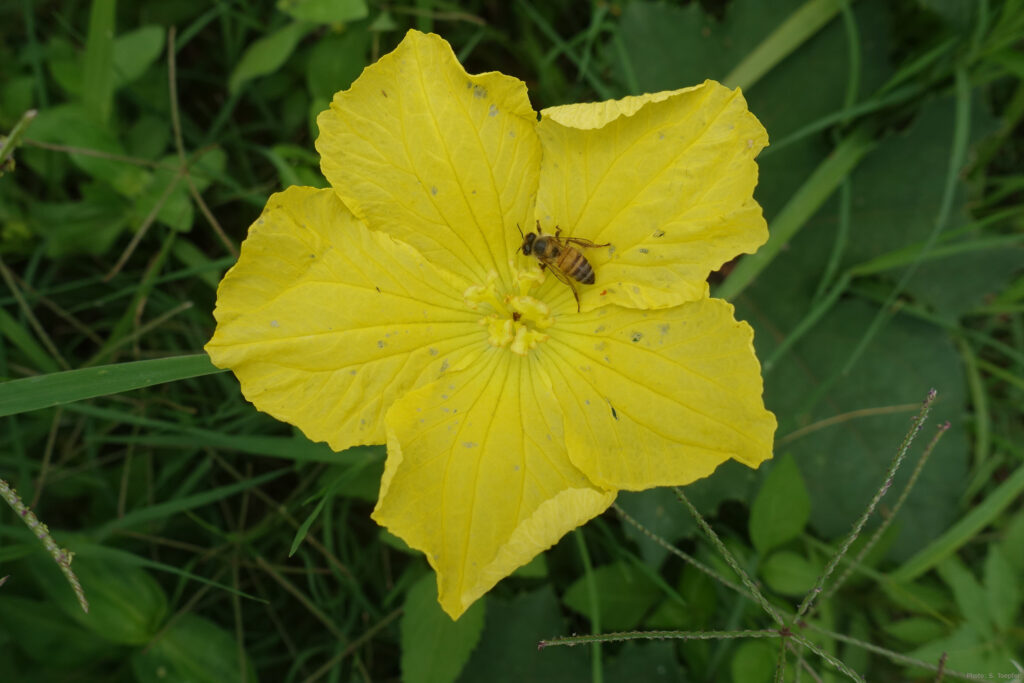
What is Integrated pest management (IPM)?
IPM is a science-based pest control strategy that combines multiple techniques to manage pest populations sustainably. Instead of relying on calendar-based sprays of chemical pesticides, IPM applies as step by step approach from preventing problems, via monitoring, to interventions upon proper decision making. Usually, several IPM methods are combined, such as crop rotation, variety selection, biological and physical control, and several others. Only as a last resort, when prevention and non-chemical interventions were not sufficient, then selective pesticide application may be used. Focus of such interventions is to selectively target the pests while reducing unintended harm to beneficial species, including pollinators.
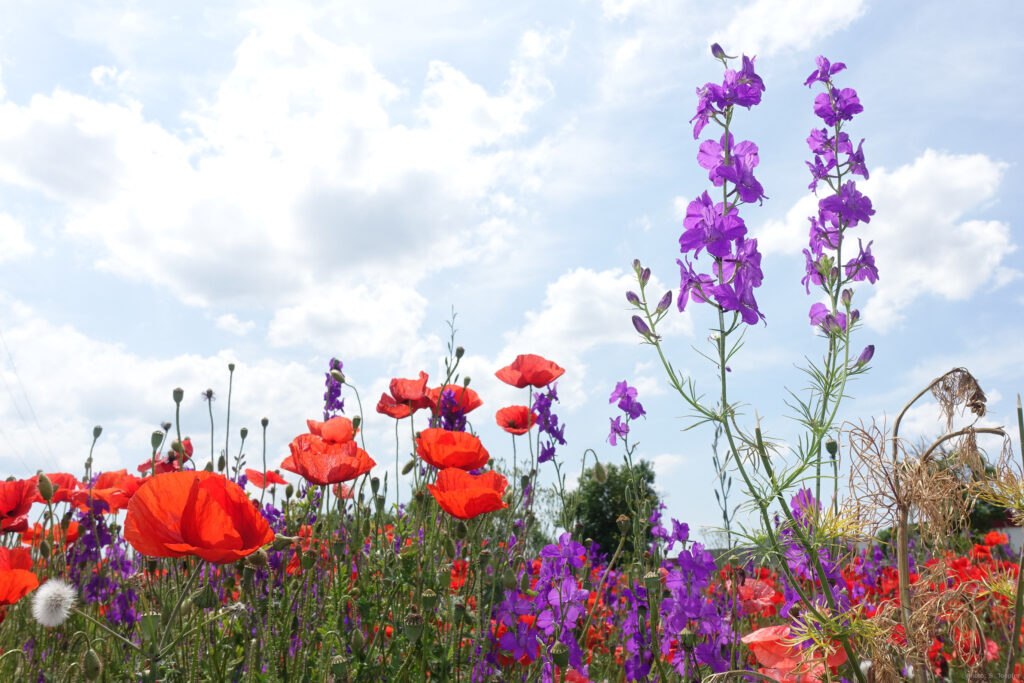
How Does IPM Help Protect Pollinators?
Unlike conventional pesticide use, which can have widespread and repeating toxic effects on pollinators, IPM is a more strategy, holistic, and targeted approach:
- Mechanical and cultural controls: Preventive pest control techniques like crop rotation, companion planting, trap cropping, soil preparations, and many other tools, disrupt pest life cycles and reduce the need for chemical interventions.
- Monitoring and decision making: IPM prioritizes regular monitoring to identify pests accurately and following their population build-up to critical levels before applying any treatments. Calendar based spraying is avoided.
- Biological control: Natural predators and parasitoids, such as ladybugs and parasitic wasps, as wells as specific biopesticides based on beneficial micro-organisms help keep pest populations in check without harming pollinators.
- Selective pesticide use: When pesticides are needed, IPM recommends using selective, pollinator-friendly – approaches. For example, insect grow regulator -type of insecticides only interfere with growing insect stages, thus do not or little affect the adult pollinators visiting a crop. Bee toxic products should not be used when the to-be-treated crop or adjacent habitats are flowering, and distance should be kept to commercial bee hives. Some moderately bee toxic products may only be applied during times when pollinators are not active, such as late evening. Product labels with regard to bee toxicity must be followed.
Related News & Blogs
Plant clinics in Malawi: Reducing pest threats to increase crop yields and farmer incomes
Plant clinics in Malawi are empowering smallholder farmers to manage crop pests more effectively. In 2025, scientists published a paper in Plant Environment Interactions reviewing the impact of plant clinics on farmers in Malawi. The clinics have creat…
5 December 2025

